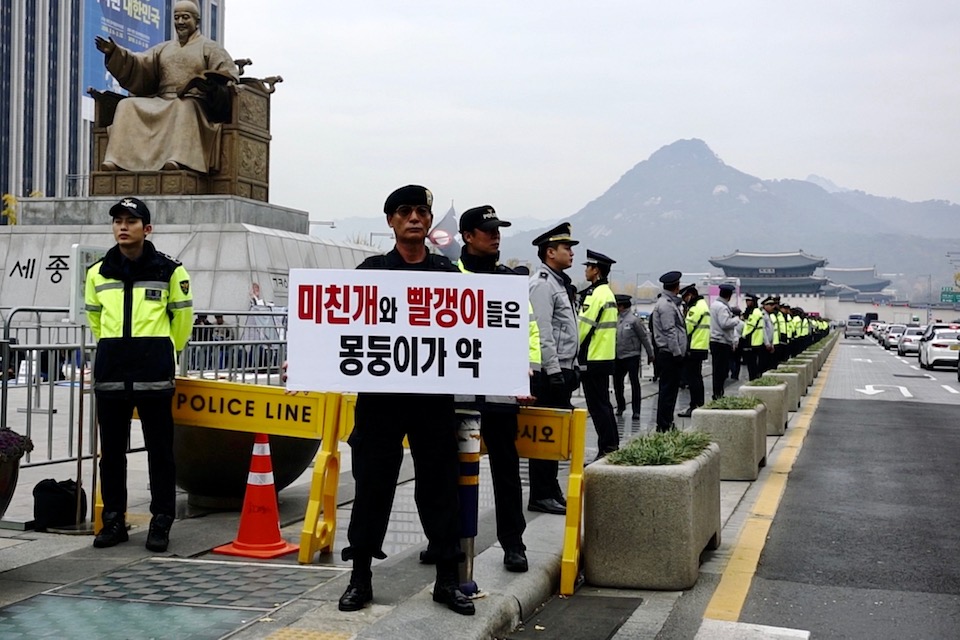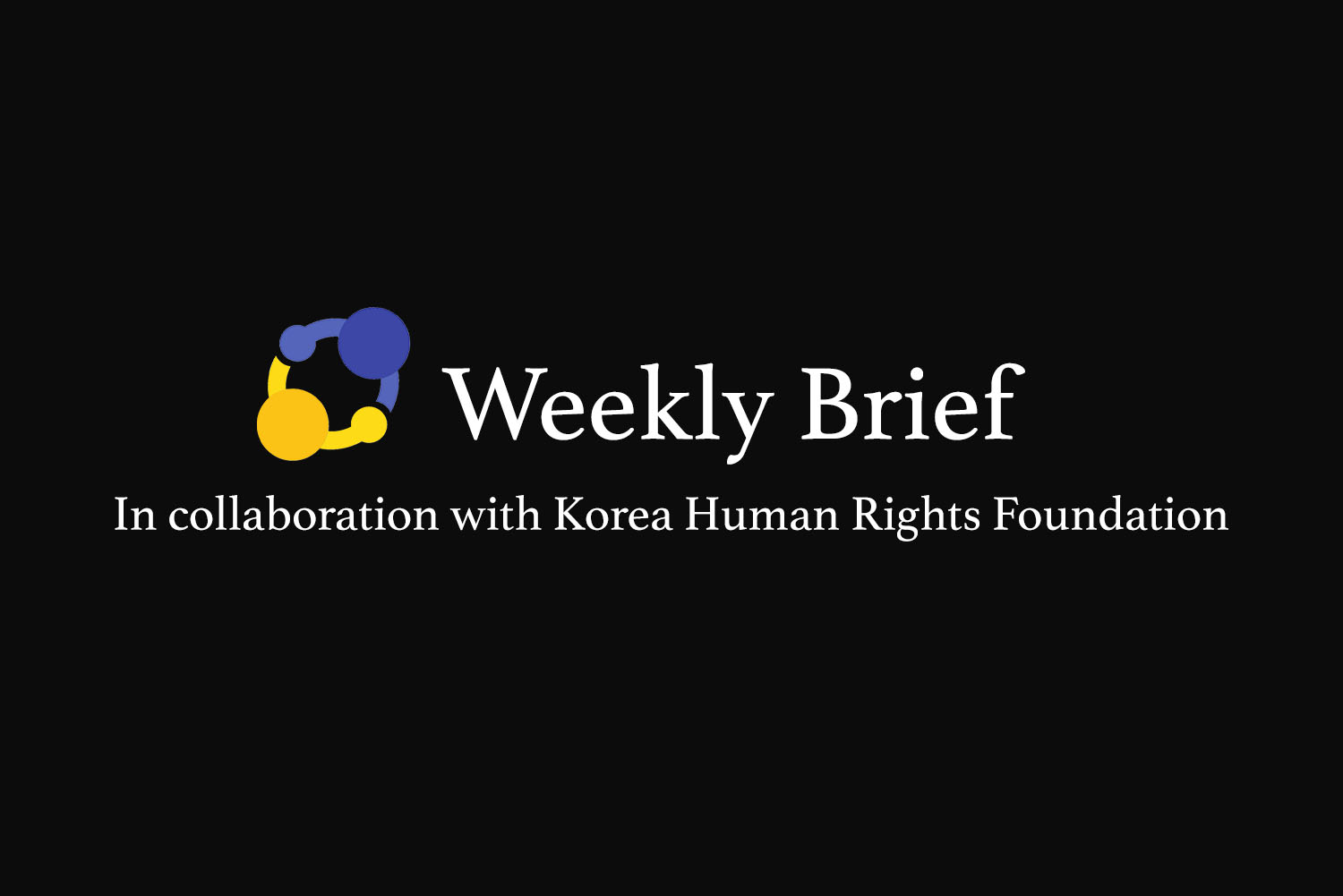Walking through central Seoul on Tuesday morning, it’s clear that the South Korean government is taking no chances with security during U.S. President Donald Trump’s visit. In the vicinity of Gwanghwamun Square, Seoul’s symbolic center, police line the street and stand shoulder to shoulder at every intersection.


